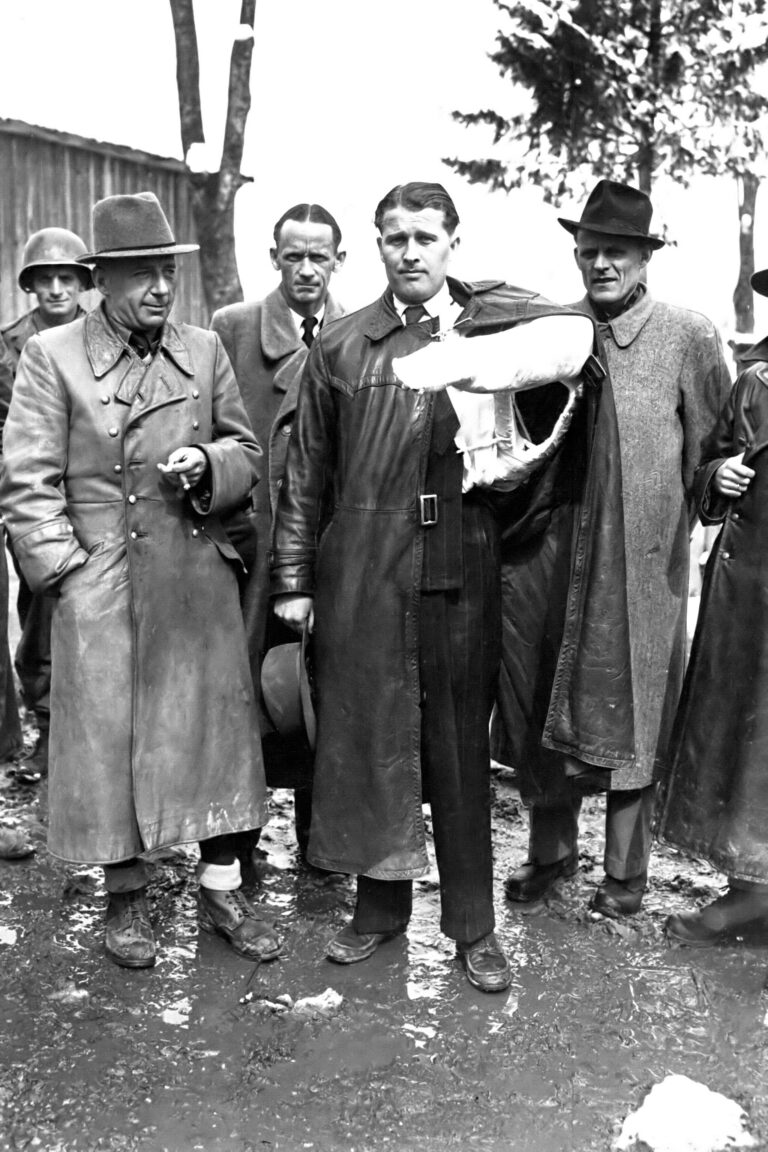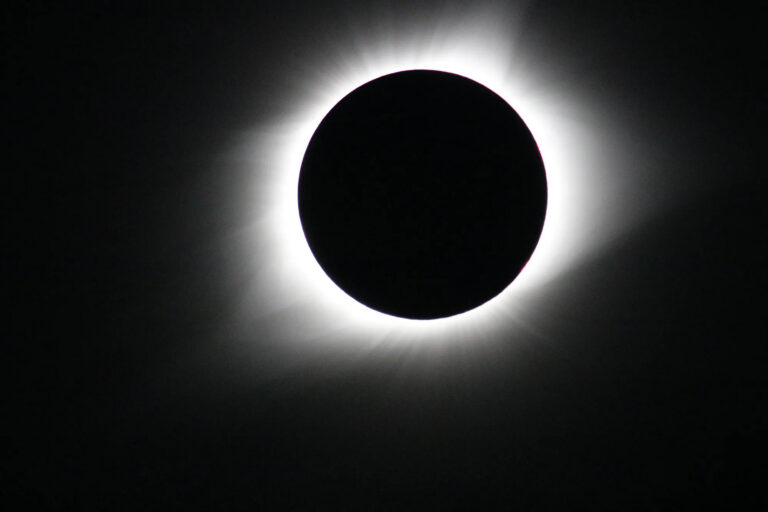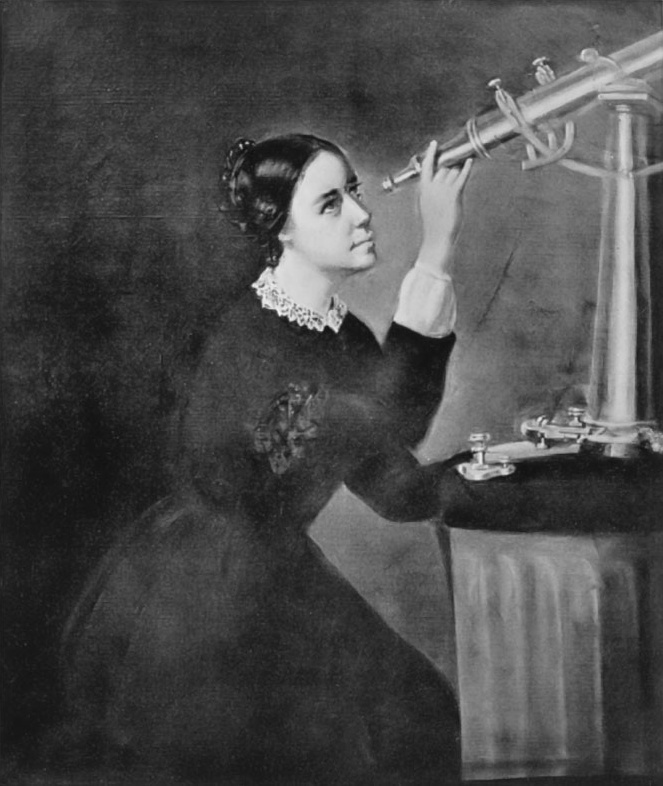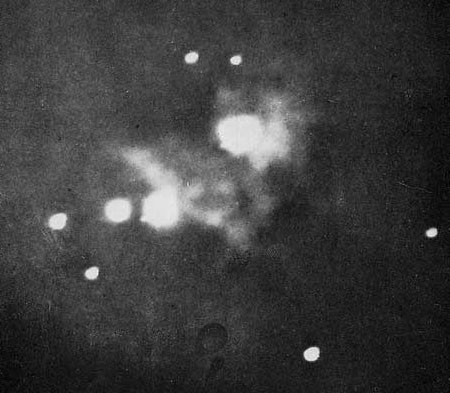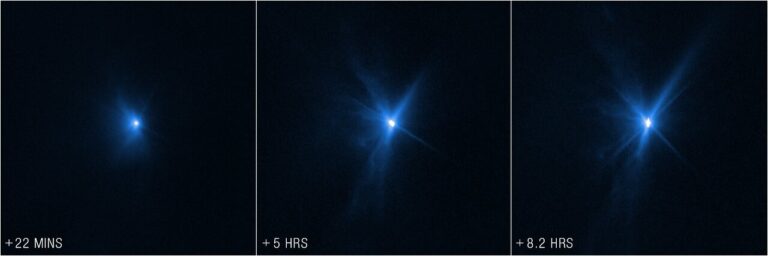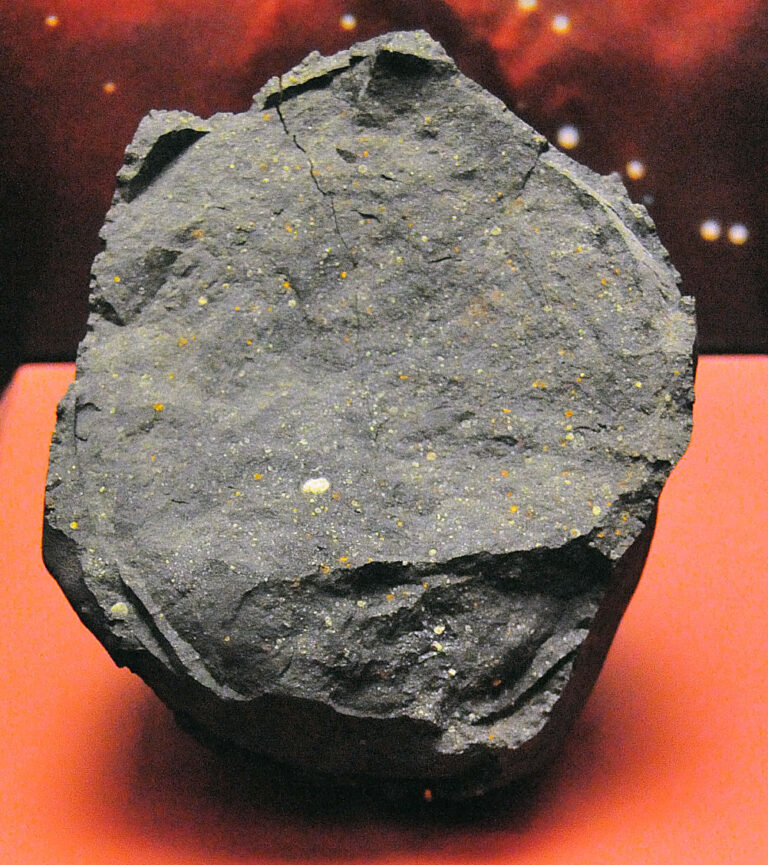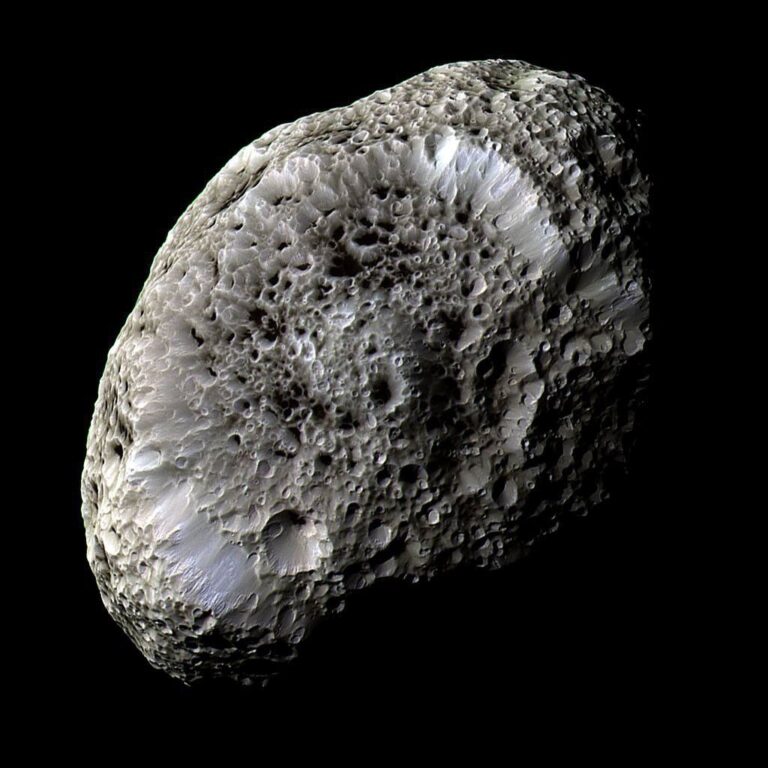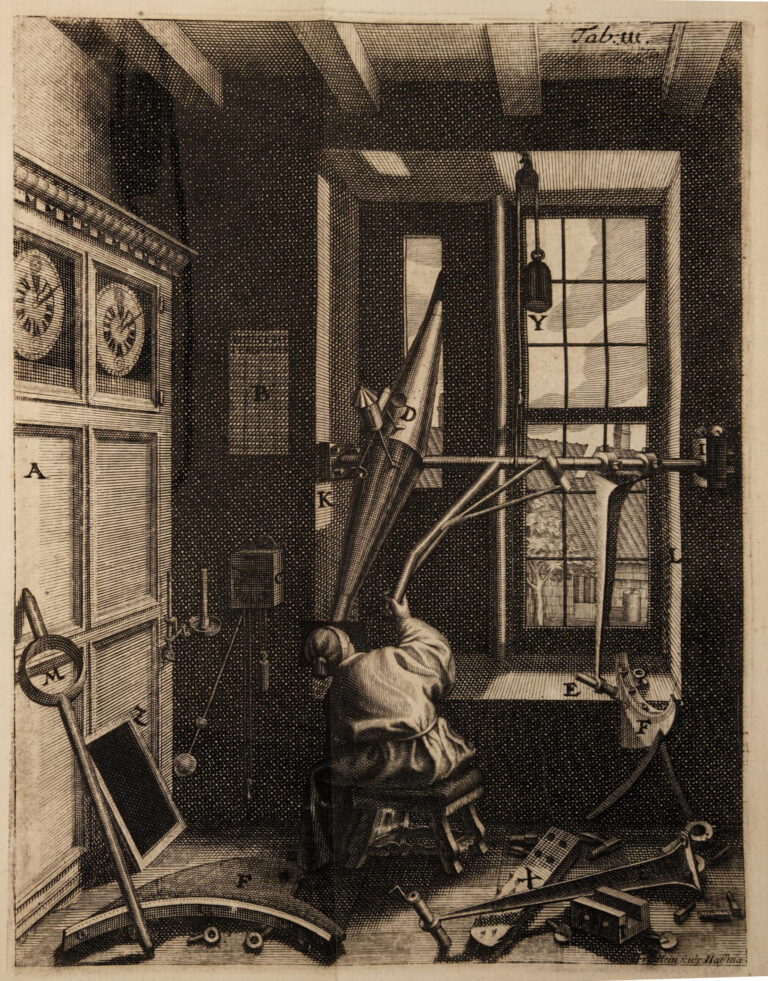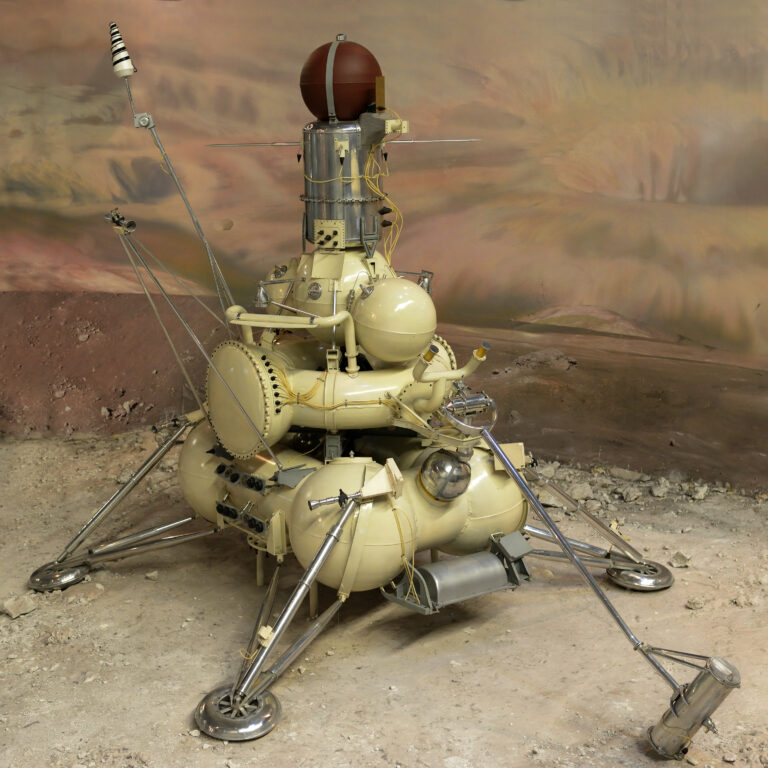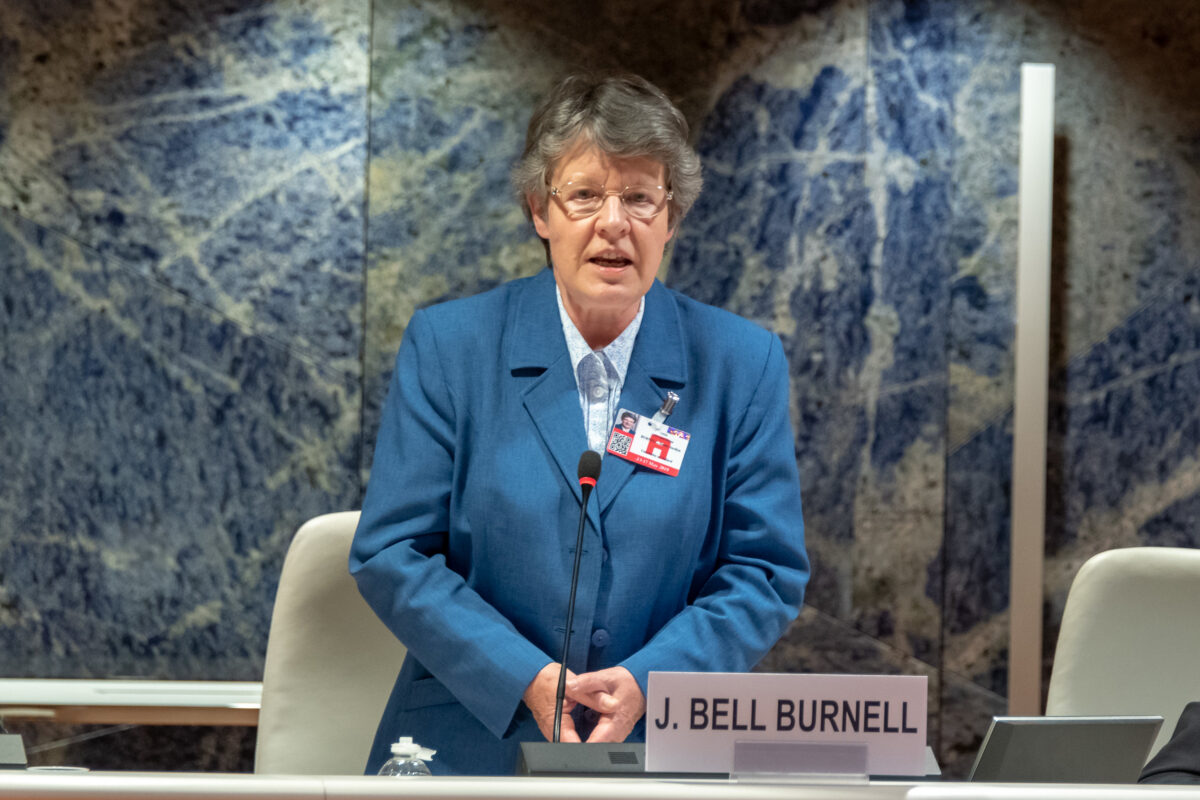
Key Takeaways:
- Jocelyn Bell Burnell, born in 1943, is a prominent British astrophysicist.
- During her graduate studies at the University of Cambridge, she discovered unusual radio signals, initially nicknamed "LGM" for "Little Green Men," while analyzing data from the Mullard Radio Astronomy Observatory.
- Subsequent research identified these signals as emanating from rapidly rotating neutron stars, subsequently termed pulsars.
- Bell Burnell's career includes distinguished positions within prominent scientific organizations and the receipt of numerous accolades, including a Royal Medal and the Special Breakthrough Prize in Fundamental Physics.
Born July 15, 1943, Jocelyn Bell Burnell is a British astrophysicist best known for her discovery of pulsars. In 1967, when she was a graduate student in radio astronomy at the University of Cambridge, Bell Burnell noticed “scruff” in the data she was reviewing from the Mullard Radio Astronomy Observatory. Bell Burnell jokingly called this series of very regular radio pulses coming from a specific part of the sky “LGM,” for “Little Green Men”. Months later, she, her advisor Antony Hewish, and their team determined the signals were coming from rapidly spinning neutron stars, and the press dubbed them “pulsars.” A long career at several universities in the U.K. followed for Bell Burnell, as did many honors and prizes: Among them, she was president of the Royal Astronomical Society and the Institute of Physics, and received a Royal Medal and the Special Breakthrough Prize in Fundamental Physics. Today she is a visiting professor of astrophysics at the University of Oxford and chancellor of the University of Dundee.

